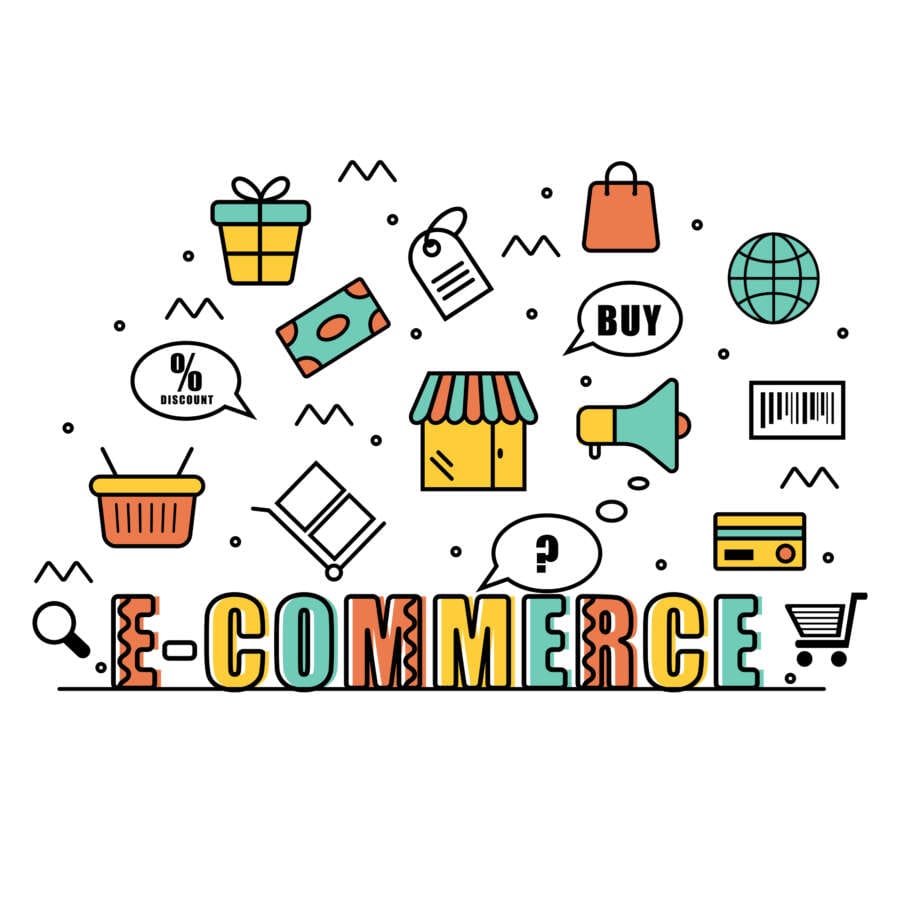

By Martijn Zoetebier, Group Director Business Development, Linehub
Certainty of outcomes – what does it mean to you? And in percentage terms, how close does your marketing strategy get to achieving certainty?
As we face a future of continued economic uncertainty, I believe that the marketers that will lead the way are the ones that can deliver certainty about the outcome of every single marketing action that they undertake for their brands.
And in the e-commerce space, where ROI is squeezed and competition is astronomical, the marketing teams that can differentiate themselves by achieving certainty of outcomes will be highly rewarded. In this article I will outline some high-level ways to make those crucial steps towards achieving certainty.
Build a marketing ecosystem to support your certainty mission
Data is the tool that helps marketers achieve certainty, and the richness of the data that is being made available grows by the day. That’s why choosing the right marketing ecosystem and tech stack – one that can work with the data that is available not only today but also tomorrow – is the key to winning the certainty challenge.
Ultimately, the ecosystem that you choose holds the key to understanding the impact of your marketing strategy on business growth. That will help you to shift the marketing function from acting in a mere support role, to gaining a central voice at the strategy table.
That process is, of course, already well underway in the marketing profession. Marketers have become more data-, and indeed, results-focused, which is driving a psychological shift away from fluffy marketing tricks, towards meaningful and optimised action.
Ask yourself the following questions: How certain are you about where demand exists for your product? How certain are you that the marketing investment you are making will convert into immediate sales and long-term growth? How certain are you that every step in your marketing process will be optimised to not waste a single marketing pound, dollar or euro?
By working through the following three stages, marketers can get closer to achieving certainty of outcomes – alongside immediate and sustained growth.
- Predict and plan – match supply with demand
Ecommerce brands need to match supply with demand. To achieve this, marketers need to be able to interpret customer behaviour data to predict who wants to buy, how they will buy, and which channels are needed to reach them. They also need to be certain about their competitors’ capabilities and how to outsmart them.
By gaining these insights, marketers can develop strategies to focus on the best channels to use, and the right content and campaigns that will convert sales and build brands. Marketing ecosystems and tech stacks must be able to provide clarity to help build such a strategy.
They should be able to define a clear plan that identifies the ‘destination’ for your brand, and clear KPIs that will be used to prove that key milestones are being reached on the way to the destination. Finally, there needs to be a channel strategy to achieve goals, and messaging and content to convert sales and build brands.
- Partner and produce – optimise conversion right through the funnel
In the second stage, marketers need to be able to deliver certainty of immediate and sustained success by producing the right kind of content and campaign assets that will actually convert to sales and build lasting relationships by creating strong emotional bonds with the brand.
To achieve this, marketers need to have easy access to all of their channels – be it email marketing, social media, lead gen, affiliate marketing, insert marketing, checkout marketing, offline functions, and more – and they need to be able control them easily via a dashboard that helps them to understand what resonates with customer needs. Marketers need performance data for every stage in the sales funnel to enable continuous optimisation.
We never want to forget about our goal of matching supply with demand. To accentuate the certainty of success, the marketing ecosystem and tech stack needs to keep providing insights and ideas to help marketers align supply with demand as accurately and quickly as possible. Think about offers, features, prices and promos – all of these are great ways to help tweak the supply/demand differential in real time.
- Perform, perfect and pass it on – how to get from test to best and beyond
In the final stage, we need to access to experts with real capability to deliver certainty of growth by unlocking a continuous test and learn approach that maximises return on investment.
The experts in the marketing ecosystem need a 360 degree set of capabilities, and all of these capabilities need to be focused on the objective of constant optimisation. A campaign design element may need to be changed because the current design is not resonating well. The team needs to be able to respond to this challenge and make the appropriate changes quickly, and then be able to measure the result.
By using business process insourcing, marketing teams can accentuate certainty of growth, by gaining data on the performance of each step in the funnel. With the right support and evidence of how the brand is outperforming the competition, marketers will be able to move into a position where their brands are growing faster than the market.
Conclusion
As we face an uncertain future, we need to build greater certainty into our marketing approach. By following the three steps – predict and plan; partner and produce; and perform, perfect and pass it on – you can maximise your chances of certainty, to make a real difference for your business.


